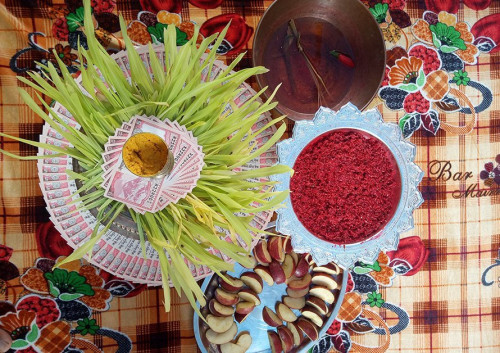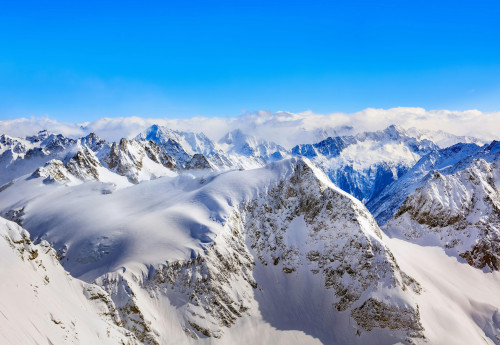18th Apr, 2025
Nepal For First Time Travelers
- Magnificent Himalayan Treks
Nepal, the land of the Himalayas and home to the world's highest peak, Everest, is a great place to travel.
It is a favorite among tourists, particularly trekkers. Despite its size, the country never runs out of breathtaking scenery and activities. Planning a trip, there are some things you should know in advance so you will have a clue of what to expect.
Especially if this is your first visit to Nepal, this info could be highly valuable to enjoy your trip.
Table of Contents
The language
The national language of Nepal is Nepali, although it's far from being the only tongue. There are 123 mother tongues spoken throughout Nepal, as counted by the 2011 national census.
You can relax now because the government's policy of "mother tongue-based education" has made the locals, particularly in tourist areas, generally speak English.
The People As soon as the word Nepal is mentioned, people subconsciously think of Sherpas as the mountaineers. The majority of the people belong to Indo-Aryan or Mongolian origins.
Both these communities are further divided into castes and subcastes. This immense ethnic and cultural diversity is one of the interesting facts about Nepal, and something that the Nepalese people are very proud of.
People mainly practice Hinduism and Buddhism although there are also people practicing other minor religions.
Kathmandu is the cultural hub of Nepal – you will spot people of every kind of caste and religion, which is the reason why the capital city has an oriental vibe.
Nevertheless, Nepalese are well known for their tranquil and affectionate nature, and you will spot a supporting hand very soon if you ever need one.
Social Conventions
People join hands, usually accompanied by a slight bow, and say ‘Namaste’ to greet. ‘Namaste’ literally means ‘I bow to the divine in you’ so can’t help but feel that everything relating to Nepal has a serene and spiritual aura. Handshakes are also acceptable.
Do not use your left hand to give or take anything, it is considered impolite. Another uncouth thing that is done is to offer dirty or 'jutho' food.
Dress modestly, especially when you are visiting religious sites.
You pay some kind of charges to enter the big temples. Take off your shoes when you enter temples and do not carry leather items with you when you visit temples. Ask permission first before you take pictures, whether they are individuals you photograph or temples.
The Nepalese do not have a public display of affection very frequently. You shouldn't either.
Transportation
Nepal's public transportation is unreliable because of the roads and the way you always seem to have construction or maintenance going on somewhere.
Look for awful traffic jams, especially in the morning and evening. Buses, microbuses, and electric tuk-tuks are major forms of public transportation, and these tend to be very low-cost.
Although, you might find taxis the most convenient though they are comparatively more expensive.
Long distance travels have flights or buses depending on what you are comfortable with. You can also rent cars or bicycles in large cities.
Accommodation
Nepal can accommodate all accommodation levels depending on what you want to spend. There are numerous high-expense hotels and restaurants in the Kathmandu Valley, which might be costly.
You will also have motels and lodges which cost as low as $4 per night. You can also arrange to sleep in a homestay if you want to feel the culture of the area. Hot water and functional toilets are found in most hotels and lodges but you might need to settle for squatting toilets in budget-friendly lodges.
Also, if you are trekking in rural areas, you will need to sleep in teahouses or tents. Make sure you have good luggage locks with you so that wherever you choose to stay, your belongings are safe.
Food and Drinks
Nepal has a lot to offer as far as food is concerned. From high end to the streets, there are plenty of choices. While it is possible for street food to cost you under $5, it is your duty to suffer the hygiene risks involved.
The Dal-Bhat is the standard Nepali lunch, and it is rice and lentils with some curry and pickle. It is a carbohydrate meal that is consumed by the locals and keeps the trekkers going through their long and arduous journeys.
The cows are not consumed because they hold religious value in Nepal, but you can get imported meat in restaurants. Italian or American will be readily identifiable once the Dal-bhat becomes too monotonous for you.
Bottled mineral water will probably be found everywhere. Do not drink tap water, and take advantage of chlorine tablets if you must drink tap water on your treks. Beer and other imported alcoholic drinks can quite readily be found in bars and pubs in the capital.
You will also be able to enjoy homemade rice ale chyaang if you are trekking in the Himalayan regions.
Other foods and drinks to try are:
Newari cuisine
Choyla, sekuwa, chatamari, yomari, etc.
Cel-roti
rice flour doughnut made especially during Tihar, a big Hindu festival
Momo
meat or vegetable-stuffed dumplings
Ju-JuDhau
Bhaktapur specialty curd
Lassi sweet drink made from curd
Things to Do in Kathmandu.
There is a lot that Nepal has to provide in activities too. Kathmandu, Lalitpur, and Bhaktapur are full of temples, pagodas, stupas, and shrines. You might go and visit these and the old Durbar palaces.
Kathmandu, and also called the City of Temples has seven UNESCO World Heritage Sites within itself.
There are adventure sports like rafting, bungee, and paragliding as well. Trekking the hillscapes is what a majority of tourists visit Nepal for.
Annapurna Circuit is the most in-demand because there are trails that offer an experience to match the skill level and the number of days tourists want to spend trekking here.
Another popular trek is the Khumbu, from where you reach Mount Everest.
Magnificent views are a surety in all treks, but you need to make sure that you have the required backpacking gear such as a sleeping bag, the finest trekking pants, trekking shoes, etc. to keep you warm.
The Terai region is a verdant paradise to hundreds of animals and birds. You can go to the Chitwan National Park and have a jungle safari.
Another famous wildlife reserve is Parsa Wildlife Reserve for jungle safari.
When to Visit Nepal.
The best time to visit Nepal is from October to November when autumn tours. The skies clear and give crisp and clean visions of the Himalayas, and large groups of tourists flock to roam the trekking trails.
That usually means accommodation rates skyrocket. March-April spring season is the next best time to go for a trek.
Rhododendron blooms during this period and adds a splash of color to your trekking experience.
The June-September monsoon season has the least number of tourists, as trekking is not safe due to weather conditions. But then you can expect the lowest rates at this time too.
Conclusion.
Whatever brings you to Nepal, you will not be disappointed.
The culture and history of the place and the splendor of the Himalayan scenery and the hospitality in the smiles are bound to make your trip one you will never forget.
All places have a history, and all places that you go to, you will make memories.
This is helpful information, but please do take a proper guidebook with you when you get here so you will have a bit more info at your fingertips!
Recent From Blog
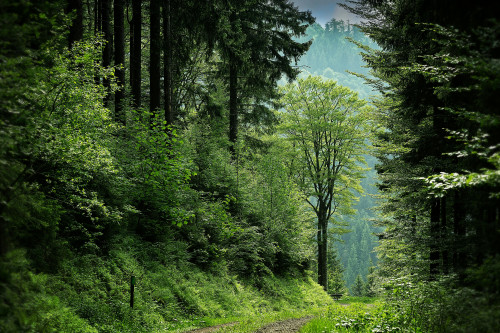
13th Oct, 2025
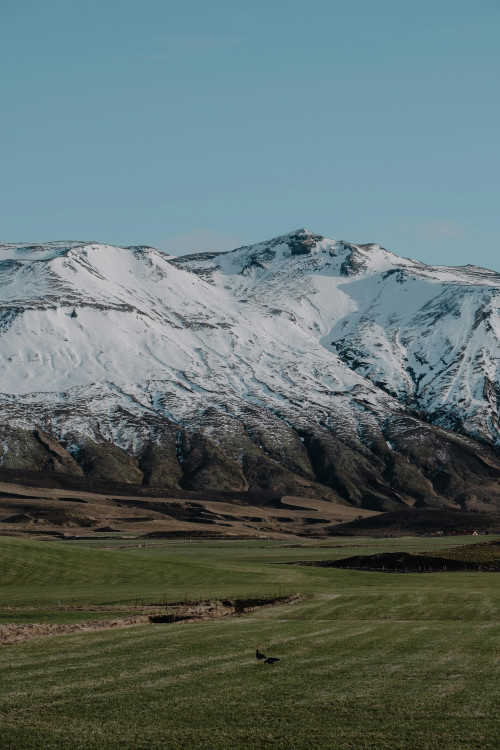
9th Oct, 2025

21st Sep, 2025
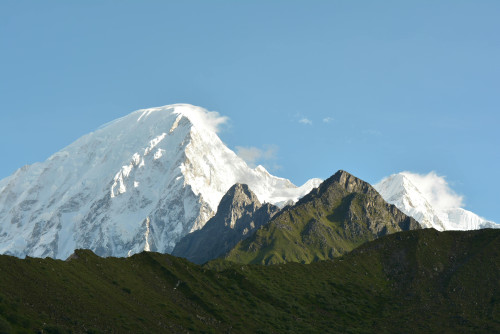
18th Sep, 2025

14th Sep, 2025

3rd Sep, 2025

28th Aug, 2025
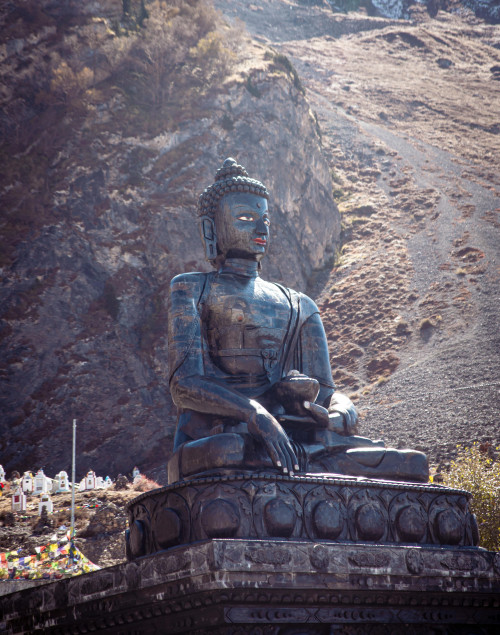
25th Aug, 2025
